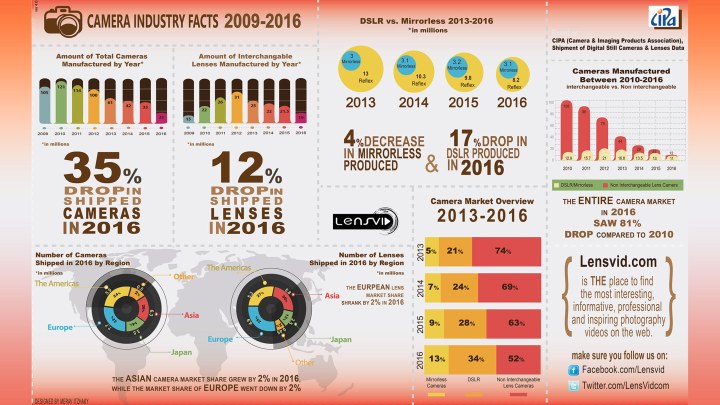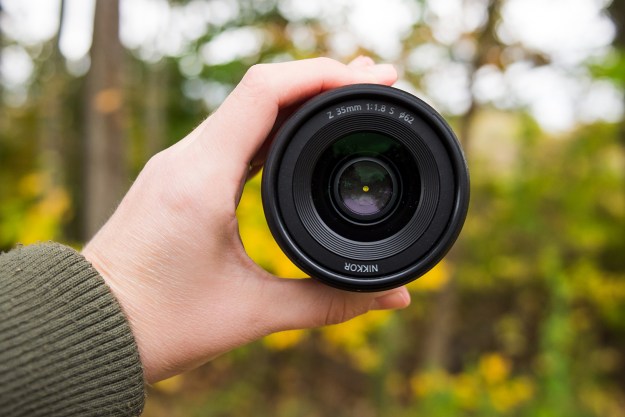
We have all heard the usual excuses for such numbers, pointing to the proliferation and improved quality of smartphone cameras, which no doubt has played a part in this. But looking into the numbers further, and by talking to photographers actually using a stand-alone camera these days and one can come up other reasons for the stagnation.
First, the quality of digital cameras has gotten to be so good that the days of needing to upgrade every year or every other year are over for most photographers. Someone rocking a camera from four to five years ago can still take very high-quality images, and yes they may not have the latest and greatest high-iso performance or Wi-Fi capabilities, from a strict image quality standpoint, the difference is not large enough for most average people to justify buying a brand new camera yet.
Secondly, people who are upgrading are selling their used cameras on the second-hand market and these cameras are more than enough for those looking for a quality camera without breaking the bank on the latest models.
That said, some silver lining here for the camera industry is that many of these professional and semi-professional photographers still rocking five-year-old cameras are now starting to see what these latest cameras are able to do, from a convenience and low-light standpoint and many are starting to think about that next upgrade.
It’s clear the days of huge profits for camera manufacturers in the traditional consumer camera space is over but as companies adapt to this new reality the future still looks bright for the professional and high-end markets. If you are interested in seeing a more detailed analysis of these numbers, you can check out LensVid, which created this infographic.
Editors' Recommendations
- Fujifilm’s most-hyped camera has just started shipping
- Nikon’s flagship and very pricey D6 camera finally starts shipping
- The best Sigma lenses offer affordable quality for DSLRs or mirrorless cameras
- 7 cameras that revolutionized photography and changed how we take pictures
- Amazon Prime Day glitch saw pricey camera gear given crazy discounts


